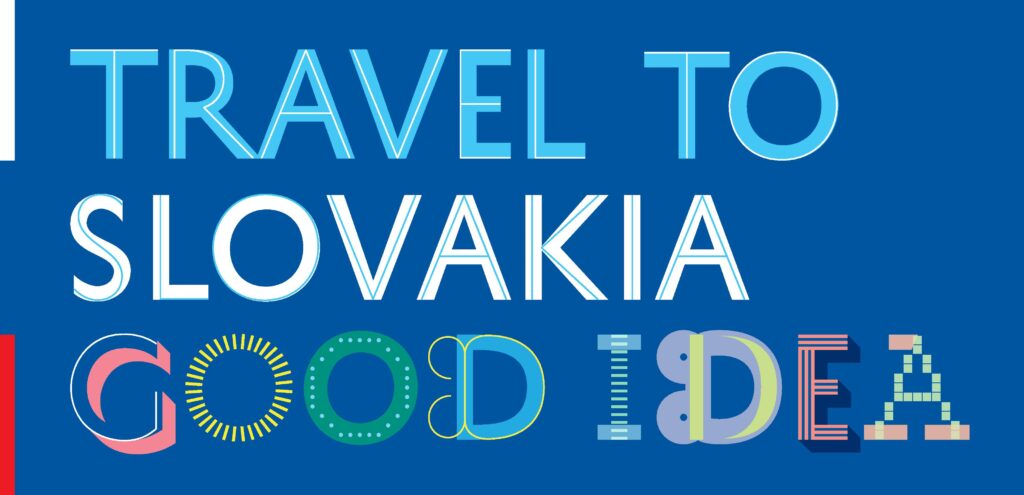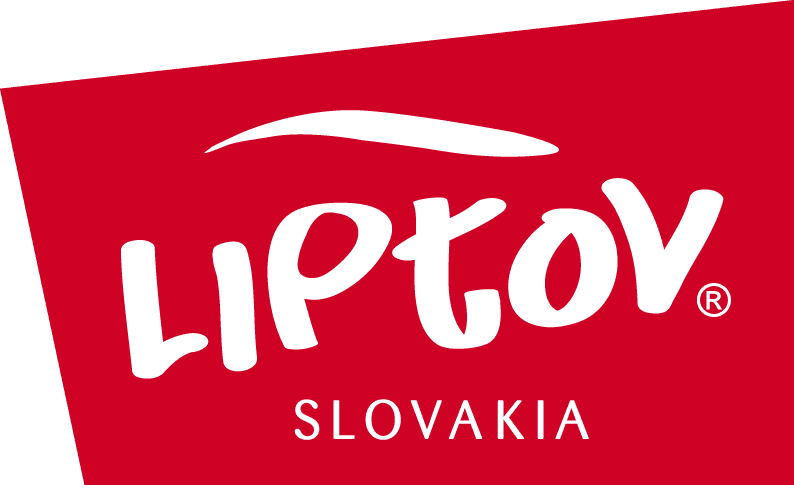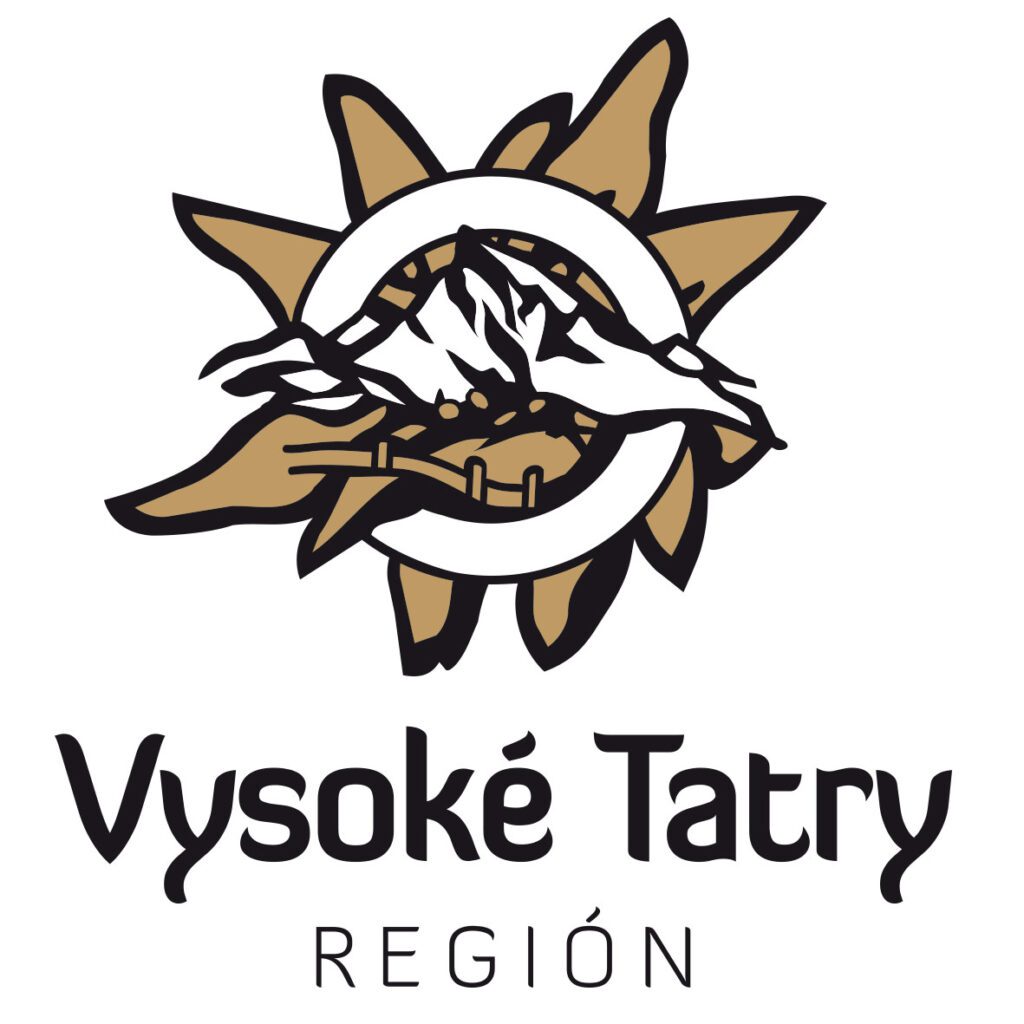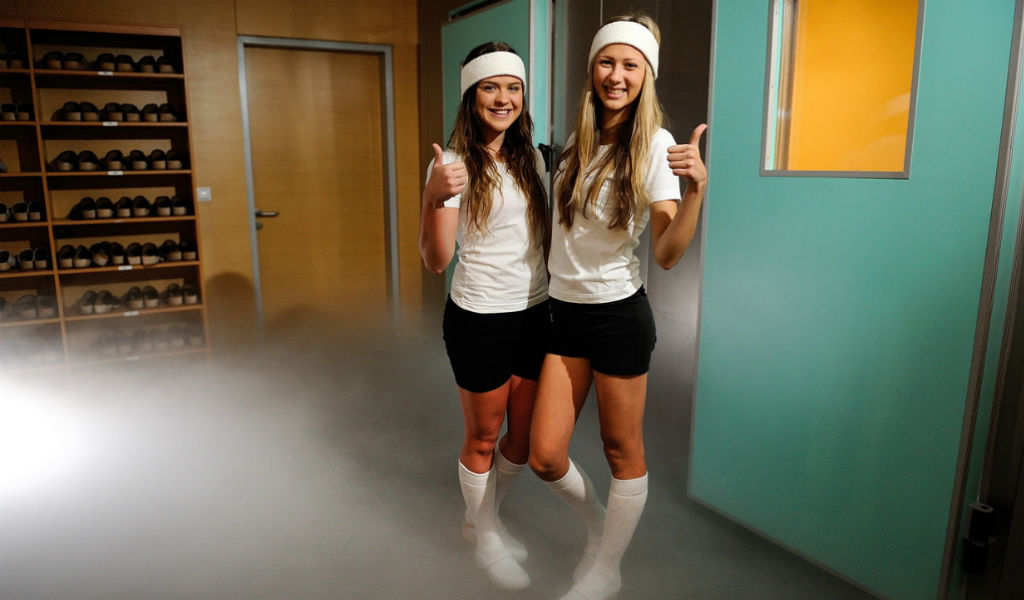
Is cryotherapy crazy or on trend? You decide, but either way freezing oneself in the name of health seems to work. Ramy James Salameh stepped into temperatures of -125°C and felt better for it, even though a pair of shorts and clogs was his only protection. Slovakia’s Tatras and Liptov region always finds quirky ways to increase your feeling of wellness, without breaking the bank to do so.
“You look nervous?” stated the doctor’s assistant at AquaCity, as I stood beside the cryotherapy chamber waiting to enter; my answer was unequivocally “yes!”. The resort is one of Slovakia’s premier health and wellbeing complexes based in Poprad, a city nestled beneath the High Tatras Mountains.
I was just about to walk into two chambers, the first at an eye-watering temperature of -60°C, before moving into an interconnected chamber of -125°C. The doctor had passed me fit to participate, a requirement before entry, as was the head-band to protect my ears, mouth-mask, boxer shorts, gloves and clogs. I was advised to ONLY breathe through my nose.
Big freeze
The heavy door to the first chamber opened and the extreme cold enveloped me, alongside three other hardy souls. The pre-chamber was purely for a 30-second acclimatisation, before stepping into the second chamber – our main event for three minutes. However, even taking into account the next drop in temperature, it was not as inhospitable as one would anticipate and certainly nothing like the shock of immersing yourself in a cold bath or plunge pool.
Our three-man group was instructed to follow each other in a circle for the first 90 seconds, before going the other way for the latter 90 seconds. To an outsider peering through the small glass window to the chamber, it must have looked like some bizarre polar ritual. Finally, the chamber door opens and to step back to reality, with clouds of dry-ice swirling around my feet, adding more theatre to the whole procedure. However, it is easy to see why some people are evangelical about the positive health promoting properties of cryotherapy, given the tingling buzz radiating my body.
Science of cryotherapy
Within these few magic minutes of Arctic-like conditions, several things happen. The extreme temperatures cause vasoconstriction, which ultimately leads to the body cleansing the blood using the body’s natural processes of restricting and narrowing the blood vessels which pulls the blood back into the core. Other supposed advantages of cryogenic treatments includes physiological hormonal responses through the release of adrenaline, noradrenaline and endorphins which positively boosts one’s mood; diffusion of inflammation and pain in the body is another big advantage, allowing it to relax which in turn allows for a more restless sleep.
Cryotherapy has long been the recovery tool of choice for elite athletes, such as footballer Cristiano Ronaldo and basketball star LeBron James, as it helps the body to recover more rapidly from injury, plus soothing and invigorating well-used muscles and injecting that all important energetic feel required to reach the pinnacle of their sports. The whole-body cryotherapy speeds up injury recovery, relieves pain and soreness, reduces lactic acid, helps inflammation, decreases spasms, releases endorphins and improves range of motion, having loosened muscles that were tight or sore, which is common in most sports.
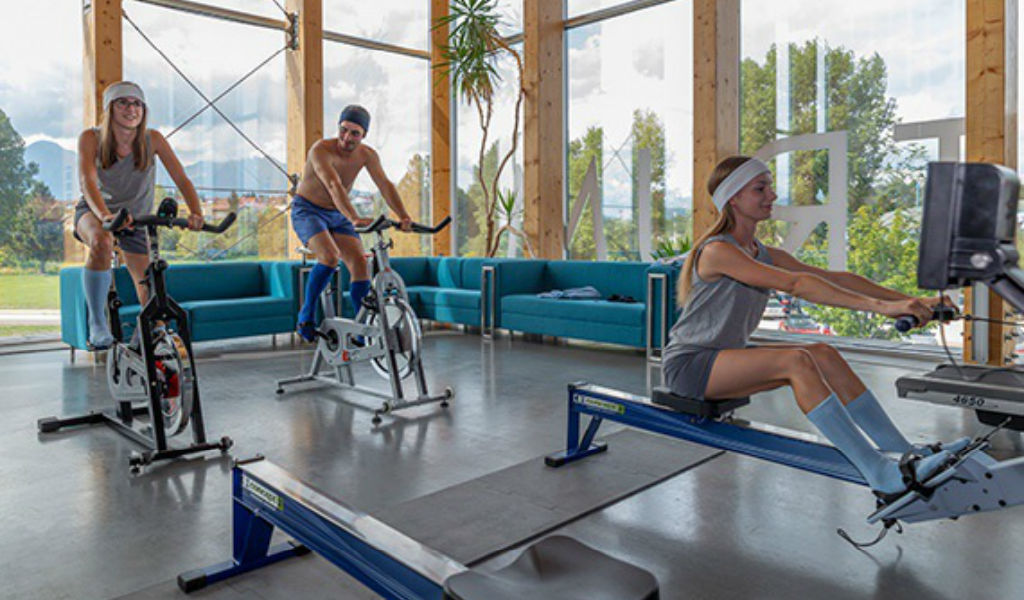
From ice to fire
As soon as one gets out of the chamber, it was time to get the heart-rate and body temperature to normal levels, so a 15-minute session on a running machine helped increase our core temperature. This was followed by – what I saw as my reward – a visit to the “fire and water” spa zone, which is located above the Olympic-sized pool and a secluded area of saunas, steam rooms, water channels offering zen-like relaxation. There are even daily “sauna ceremonies” taking place which entails a “host” using a towel to perform matador-like swipes (to music) to circulate hot air amongst those seated in the sauna cabin.
This was my last activity in the small city of Poprad, the gateway to the High Tatras Mountains. If freezing myself in the name of health was my last activity in a region nicknamed the “Slovakian Alps”, then it was simply the icing on the cake. The High and Low Tatras offer diverse natural surroundings at their spectacular best, with snow-capped peaks and mountain lakes reached by cable-car to biking through forests and undulating terrain passing babbling brooks and buildings full of history and heritage.

This project and its activities are implemented with financial support of the Ministry of Transport and Construction of the Slovak Republic
